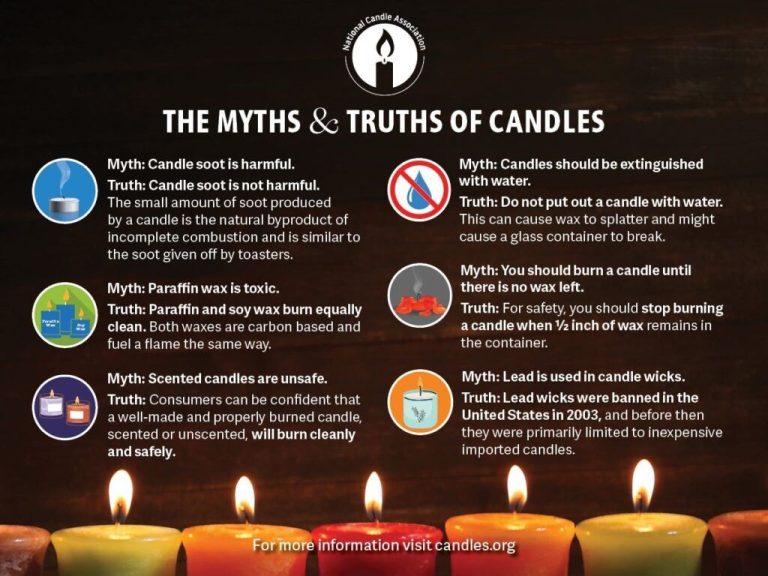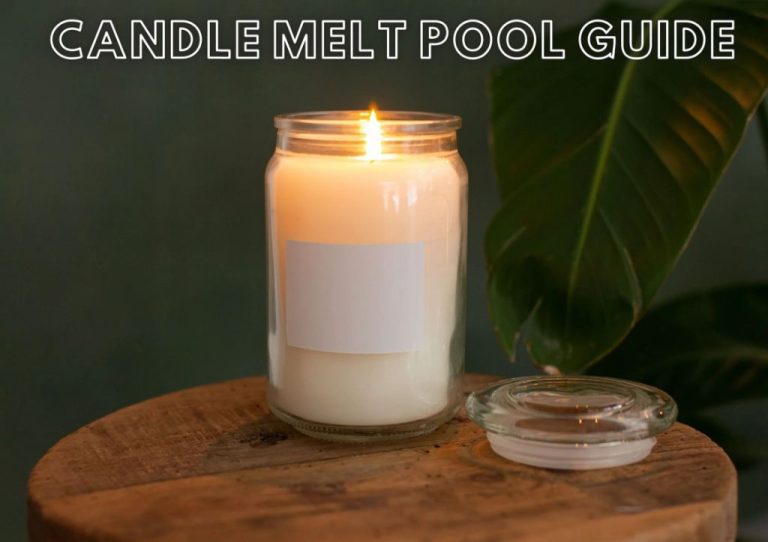Is Bath And Body Works Natural?
Bath & Body Works is a popular retailer known for their fragrant body care products, candles, soaps and home fragrances. Some of their best-selling products include body lotions, shower gels, fragrances and hand sanitizers in a variety of scents.
Although Bath & Body Works builds their brand around fragrance, color and feeling good, there are questions around how natural their products actually are. On the surface, the use of ingredients like shea butter and plant extracts in their marketing materials and product labels gives them an aura of natural ingredients. However, a deeper look at the full ingredient lists shows many synthetic ingredients and chemicals in their products.
While they promote an image of nature, cleanliness and health, how much of their products are actually derived from natural sources? Do the synthetic fragrances, preservatives and emulsifiers align with the brand image and marketing claims of being natural? We’ll take a look at the ingredients and sourcing behind Bath & Body Works products to separate fact from fiction when it comes to how natural their products really are.
B&BW Product Lines
Bath & Body Works offers a wide variety of product lines including body care, home fragrance, hand soaps, candles, and more. Some of their most popular product categories include:
Body Care – This line includes body lotions, body creams, body mists, shower gels, and fragrance mists. Signature fragrances like Warm Vanilla Sugar and Japanese Cherry Blossom can be found across the body care line.
Hand Soaps – B&BW offers a large variety of fruity, floral, and fresh hand soaps. Their foaming hand soaps and gentle gel soaps are available in many different scents.
Home Fragrance – Products like room sprays, wallflowers, and fragrance mists allow customers to scent their entire home. Popular home fragrances mirror their body care line.
Candles – bestselling candles come in various shapes, sizes and scents. Signature fragrances like Mahogany Teakwood and Fresh Balsam can be found in 3-wick candles, single wick candles, and wax melts.
Product Ingredients
Bath & Body Works uses a mix of synthetic and natural ingredients in their products. Some of the more common ingredients include:
Synthetic ingredients:
- Parabens – Used as preservatives
- Phthalates – Added for fragrance
- Sodium Lauryl Sulfate (SLS) – Surfactant and foaming agent
- Propylene Glycol – Humectant
Natural ingredients:
- Plant oils – Various oils like coconut, olive, almond etc. for moisturizing
- Natural fragrances – Essential oils
- Botanical extracts – Aloe vera, chamomile, oatmeal etc.
- Vitamin E – Antioxidant
While Bath & Body Works uses some natural ingredients, many of their products rely more heavily on synthetic chemicals. The use of parabens and phthalates in particular has been controversial. However, in recent years, the brand has tried to move towards more natural formulations by removing certain harsh chemicals. But many products still contain synthetic surfactants, preservatives and humectants.
Sourcing and Manufacturing Process
Bath & Body Works sources ingredients for their products from vendors around the world. They use both natural ingredients like essential oils and plant extracts as well as synthetic ingredients produced in labs. The originating countries can vary, but common ones include the United States, China, India, and countries in Europe.
For manufacturing and production, Bath & Body Works has factories and production facilities located globally. Some of their major manufacturing hubs are in the United States, Cambodia, Vietnam, and Belgium. At these facilities, the ingredients are combined and processed into the finished products according to B&BW’s proprietary formulas. The facilities follow quality control standards and regulations for cosmetics production in their respective countries.
The products are then packaged and distributed from the manufacturing plants to Bath & Body Works stores, partner stores, and distribution centers around the world. Some final packaging and customization may happen closer to the retail locations. Overall, Bath & Body Works has a global supply chain to produce their wide array of beauty and personal care products.
Product Certifications
Bath & Body Works does not widely promote or advertise having any major third-party eco-friendly or natural product certifications. They do not seem to flaunt any certifications like USDA Organic, EWG Verified, Leaping Bunny, or Cradle to Cradle. This sets them apart from some competing natural brands that heavily promote these types of third-party certifications as proof of using natural and sustainable ingredients and practices. The lack of advertised certifications at Bath & Body Works suggests its products likely do not meet the stringent standards required to receive most major “natural” seals of approval. However, it is possible they have some lesser-known or internal certifications not promoted to consumers. Without clear eco-friendly certifications, customers have to rely more on Bath & Body Works’ own claims of being natural and safe. The company would benefit from seeking recognizable third-party natural certifications if they want to appeal to consumers looking specifically for certified natural personal care products.
Fragrance
Bath & Body Works uses both synthetic and natural fragrances in their products. On the synthetic side, many of their signature scents contain ingredients like isohexadecane, benzaldehyde, and linalool. These synthetic fragrance chemicals are formulated in a lab to replicate certain scents and aromas. They allow Bath & Body Works to consistently recreate their branded scents like Warm Vanilla Sugar and Japanese Cherry Blossom across multiple products.
While synthetic fragrances play a major role, Bath & Body Works does incorporate some natural ingredients into their scents as well. For example, their aromatherapy line sources essential oils like lavender, eucalyptus, and tea tree oil. These essential oils are extracted directly from plants to provide an authentic, natural aroma. Across all products, Bath & Body Works aims for a balance between synthetic and natural fragrance components to achieve their desired scent profiles.
The use of synthetic fragrances allows Bath & Body Works to craft consistent branded scents, while natural oils provide aromatic authenticity. Finding the right blend is key to their product formulas.
Preservatives
Bath & Body Works uses preservatives in many of their products to prevent growth of bacteria and extend shelf life. Some common preservatives found in their body care items include:
- Parabens – Controversial synthetic preservatives like methylparaben and propylparaben. Many consumers try to avoid parabens.
- Phenoxyethanol – An alternative preservative, but still synthetically produced in a lab.
- Benzoic acid – A milder preservative naturally found in some fruits.
- Potassium sorbate – A more natural preservative made from berries.
While Bath & Body Works has reduced the amount of parabens in recent years due to consumer demand, their products still contain synthetic preservatives. They argue these chemicals are safe at low levels, but natural companies opt for plant-based preservatives instead.
Comparison to Other Brands
When compared to other major beauty and bath brands, Bath & Body Works falls somewhere in the middle in terms of using natural ingredients. Brands like The Body Shop and Lush use very minimal synthetic ingredients and make natural, ethically-sourced ingredients a core part of their brand identity. Meanwhile, brands like Victoria’s Secret and Old Spice rely much more heavily on synthetic fragrances and preservatives.
Bath & Body Works uses more natural ingredients than these conventional mass-market brands, but still uses many synthetic ingredients as well. Their product lines designated as “natural” do contain higher levels of plant-based ingredients, but even these have added synthetic fragrances. Across all products, Bath & Body Works cannot claim to be fully natural or organic.
However, in recent years, Bath & Body Works has made an effort to offer more ingredient transparency and use some more natural oils, butters and extracts than they did previously. Their product formulations cannot compete with truly natural brands, but they do use more plant-based ingredients than typical drugstore bath and beauty brands.
Marketing and Brand Image
Bath & Body Works carefully cultivates a natural, eco-friendly brand image through its marketing. The company prominently displays words like “natural,” “eco-friendly,” and “earth-conscious” throughout its stores and on product packaging. Phrases like “gently nourishes skin with natural ingredients” can be found on many Bath & Body Works items. The branding and messaging strongly imply the products are natural, sustainable, and not harmful to the environment.
However, a closer look reveals the natural branding doesn’t always match up with the actual product formulations, which contain many synthetic chemicals. This “greenwashing” through natural marketing claims versus the use of unnatural ingredients has led some consumers to accuse Bath & Body Works of misleading branding and advertising.
While terms like “natural” aren’t regulated for cosmetics in the U.S., Bath & Body Works pushes the boundaries in trying to convince consumers its products are natural when in many cases they contain high amounts of synthetic chemicals. The heavy use of terms like “natural,” “eco-friendly,” and “earth-conscious” aims to appeal to consumers’ desires for natural products, capitalizing on this market trend.
Conclusion
Bath & Body Works offers a wide range of beauty and personal care products, with ingredients and formulations that vary across its different product lines. While some of its product ingredients are derived from natural sources, Bath & Body Works cannot be considered a truly natural beauty brand.
The majority of Bath & Body Works products contain synthetic fragrance blends and preservatives to give them their signature scents and extend shelf life. Natural ingredients make up only a fraction of the overall ingredient list. Although Bath & Body Works has some product lines marketed as “gentle”, “natural”, or “pure”, these are mostly branding tactics and many such products still contain a number of synthetic chemicals.
Compared to other major beauty retailers, Bath & Body Works uses more synthetic and artificial ingredients overall. Its focus is more on sensory appeal through fragrance and innovative formulations rather than naturalness and organic sourcing. While it has made some steps towards more natural products, most of its catalog cannot be classified as natural.




